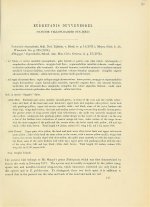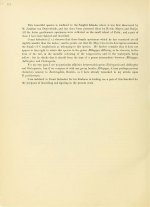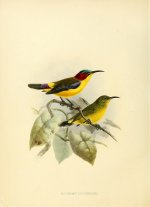Another Duyvenbode?
I´ll have another go on the Duivenbode's/Duyvenbode's birds...
This time regarding the specie we today call
Aethopyga duyvenbodei ... (or
Eupandris/
Nectarinia duyvenbodei)
James A. Jobling, this thread (Friday 27th July 2012): "... (Duyvenbode is an archaic 16th century spelling) ... Nectarinia duyvenbodei Schlegel, 1871, commemorates Lodewijk, who collected one of the types in 1865/1866. ..."
When I checked
Dekker, R W R J & C Quassier. 2006.
Type specimens of birds in the National Museum of Natural History, Leiden. Part 3. Passerines: Pachycephalidae – Corvidae (Peters's sequence). Nationaal Natuurhistorisch Museum Naturalis, Leiden. NNM Technical Bulletin 9: 1-77 it states (on page 17): "Syntype, RMNH 89965, Ad. male, skin. Loc.: Siao, Sanghir Island, [Indonesia]. Leg.: L.D.H.A. Renesse van Duyvenbode. Received: 1866."
Ok! "
One of the types" ... but going further, way back, to Shelley's
Monograph of the Nectariniidæ, or family of sunbirds 1879-1880 (attached), it is said about the same sun-bird (there as
Eudrepanis duyvenbodei): "… it was first discovered by M. Jonkhur van Duyvenbode, and has since been procured by Hoedt, Meyer, and Bruijn."
Jonkhur!? Who´s he?
And Salvadori, that Shelly is refering to, says absolutely nothing in this matter in his article 1876 in
Annali del Museo civico di storia naturale di Genova 9.
Without finding the type description för
Aethopyga duyvenbodei SCHLEGEL (as
Nectarinia duyvenbodei) 1871 I don´t think it is worthwhile to speculate any further.
Does anyone know where to find the 1871 (1873?) issue of:
Nederlandsch Tijdschrift voor De Dierkunde vol. 4: page 14













